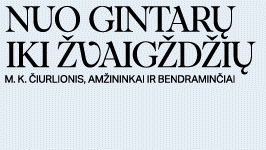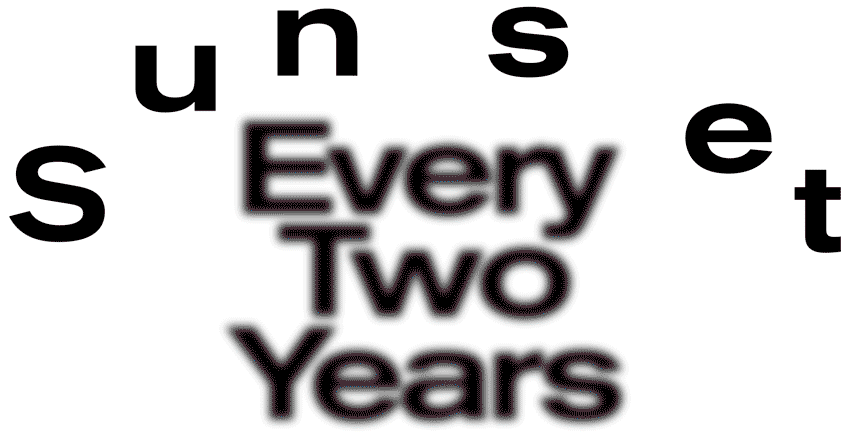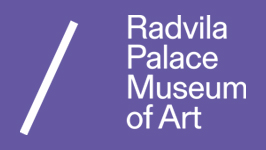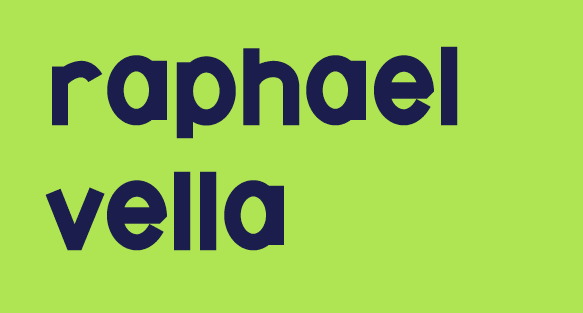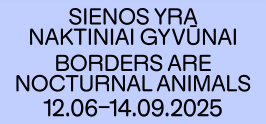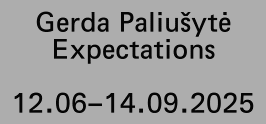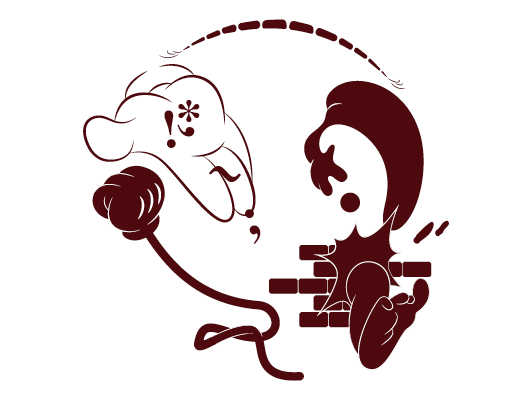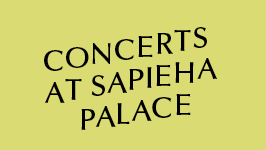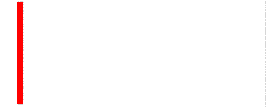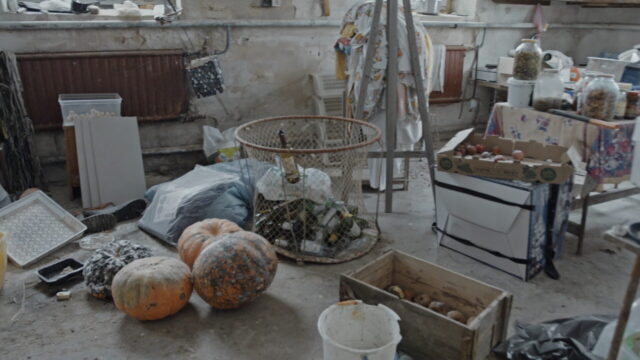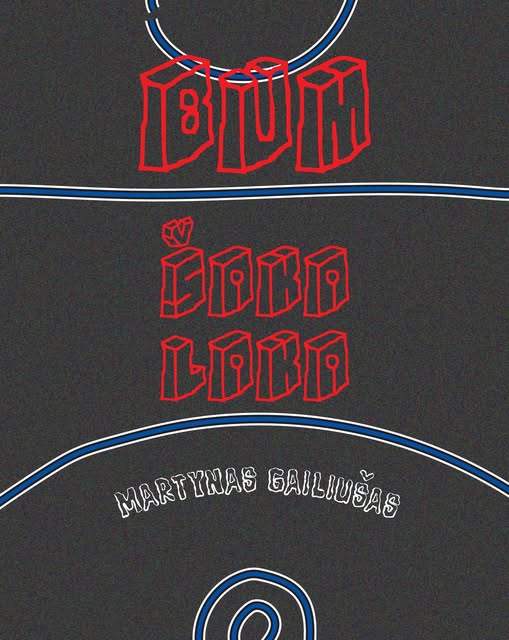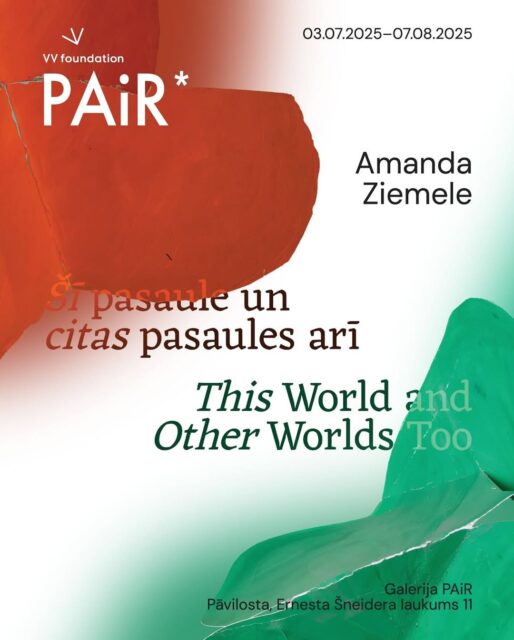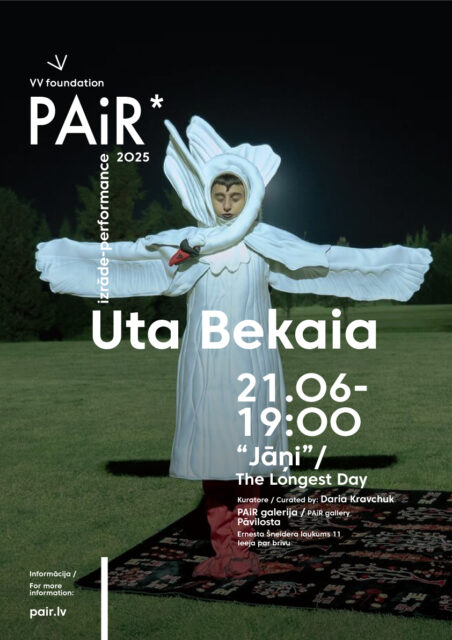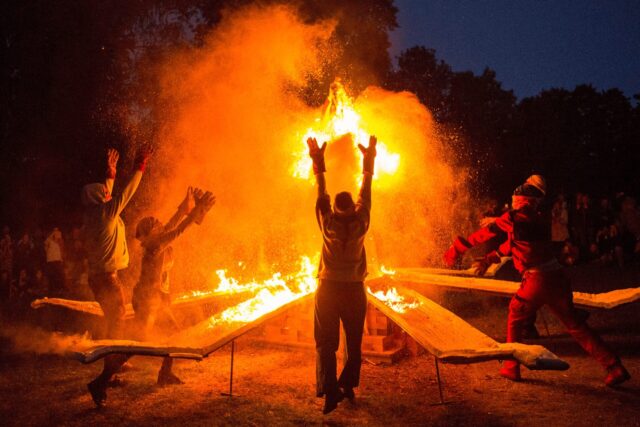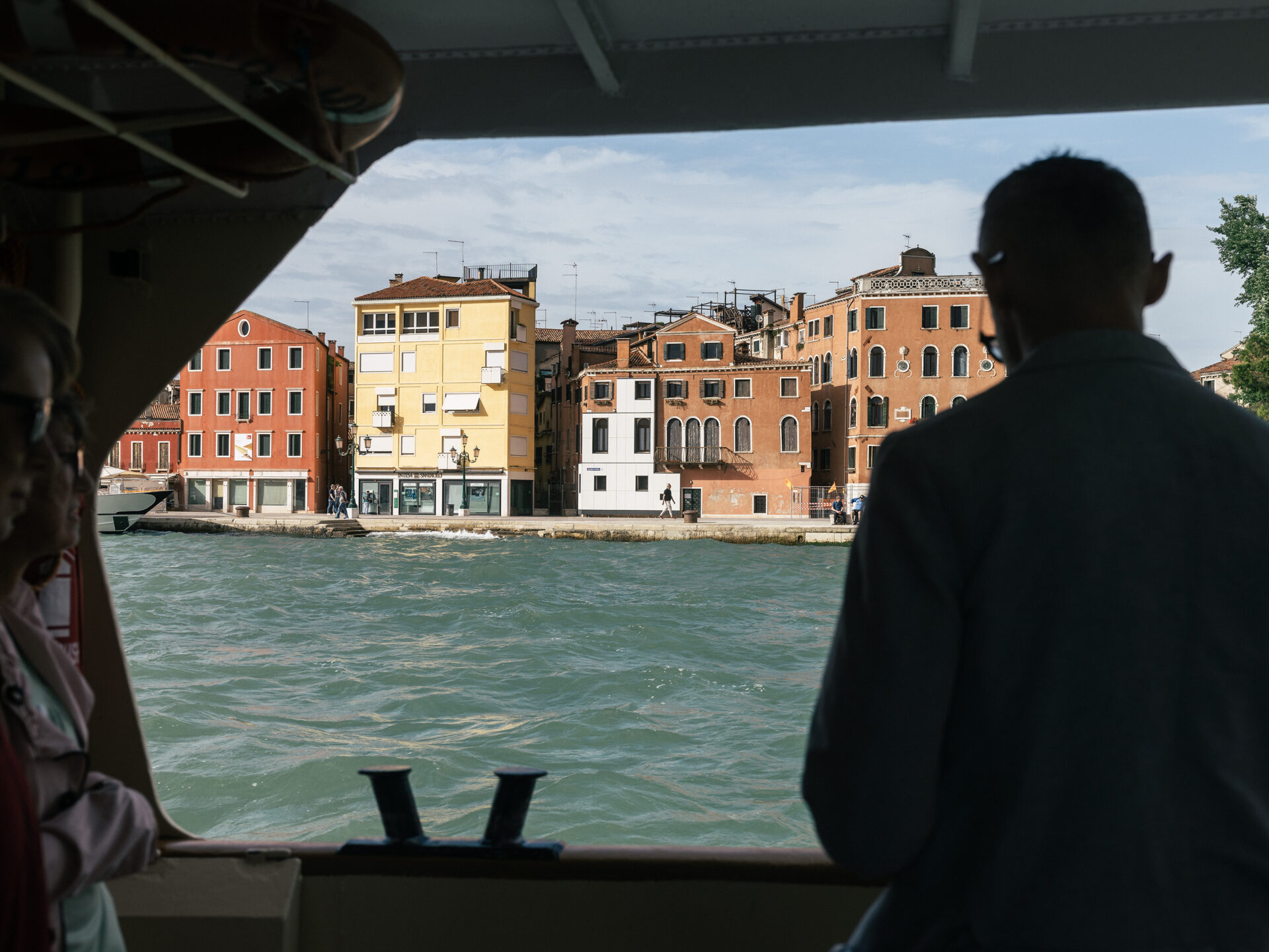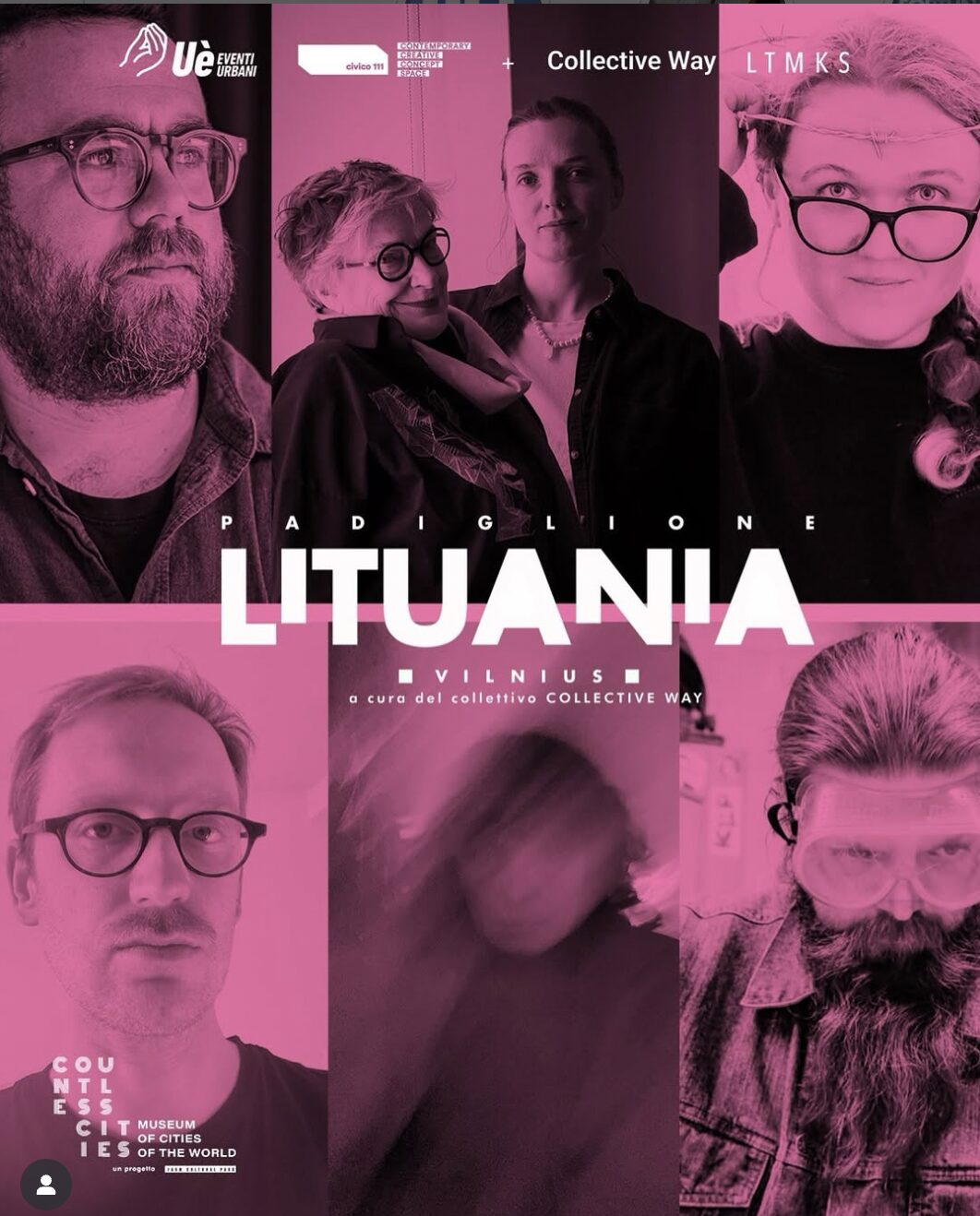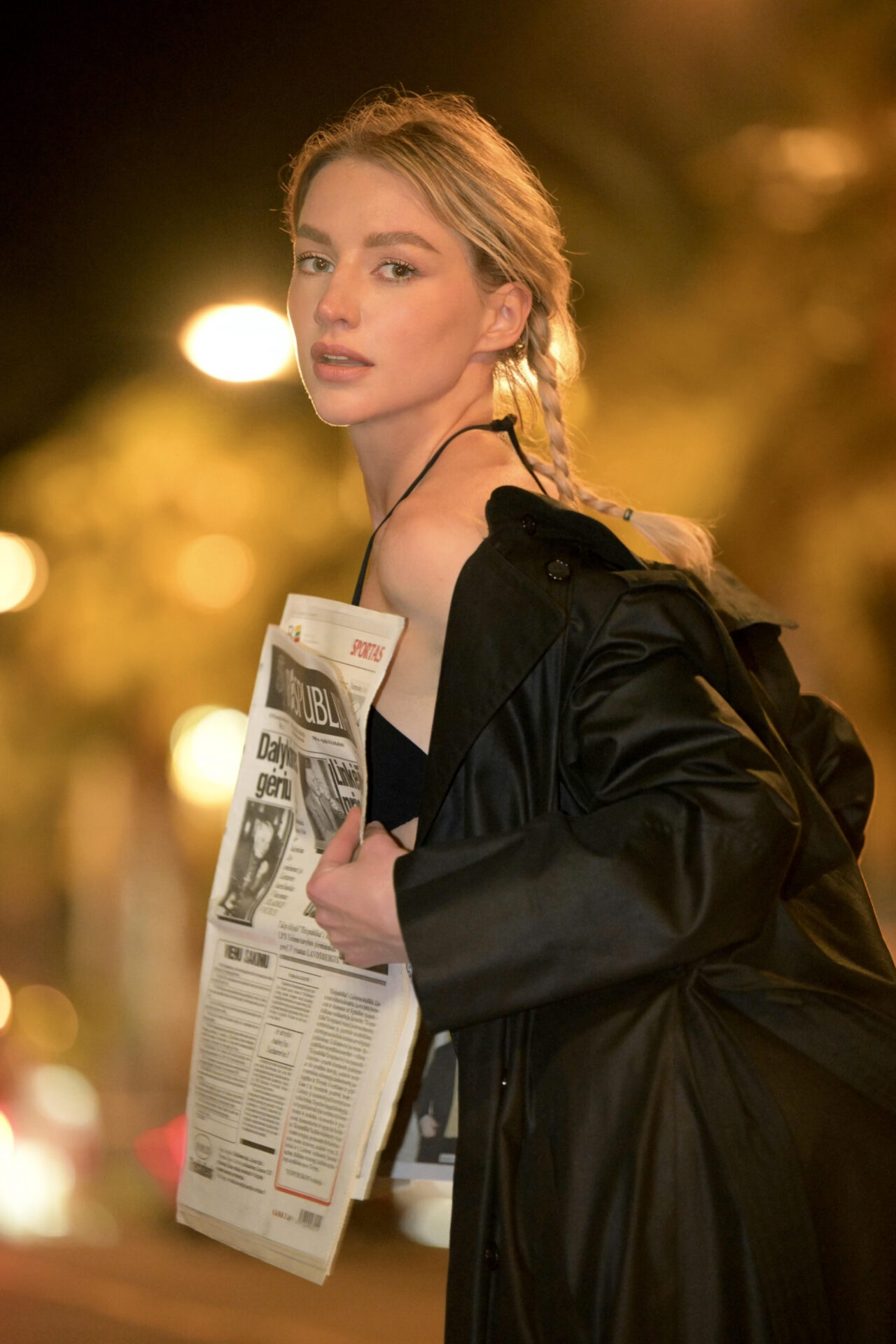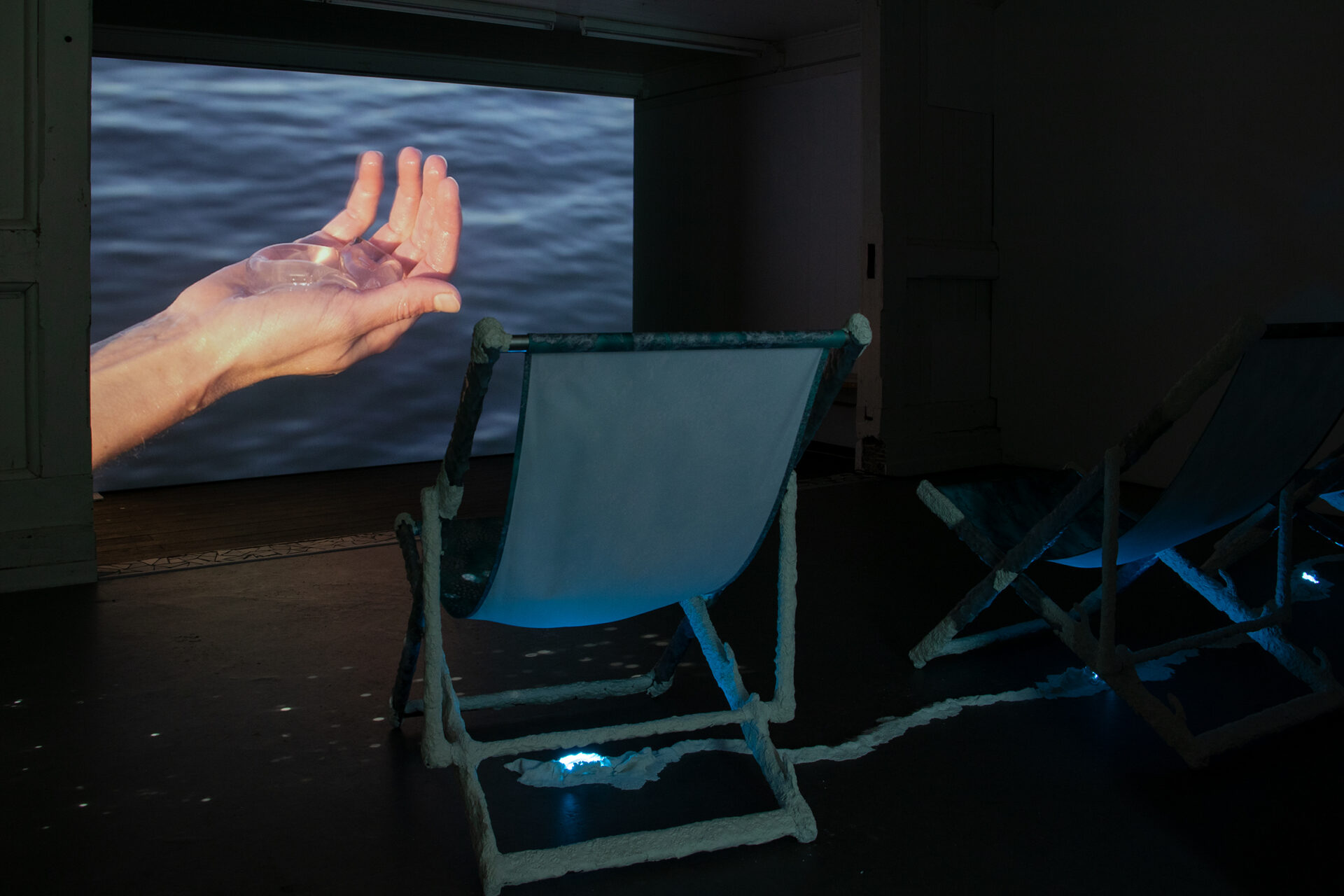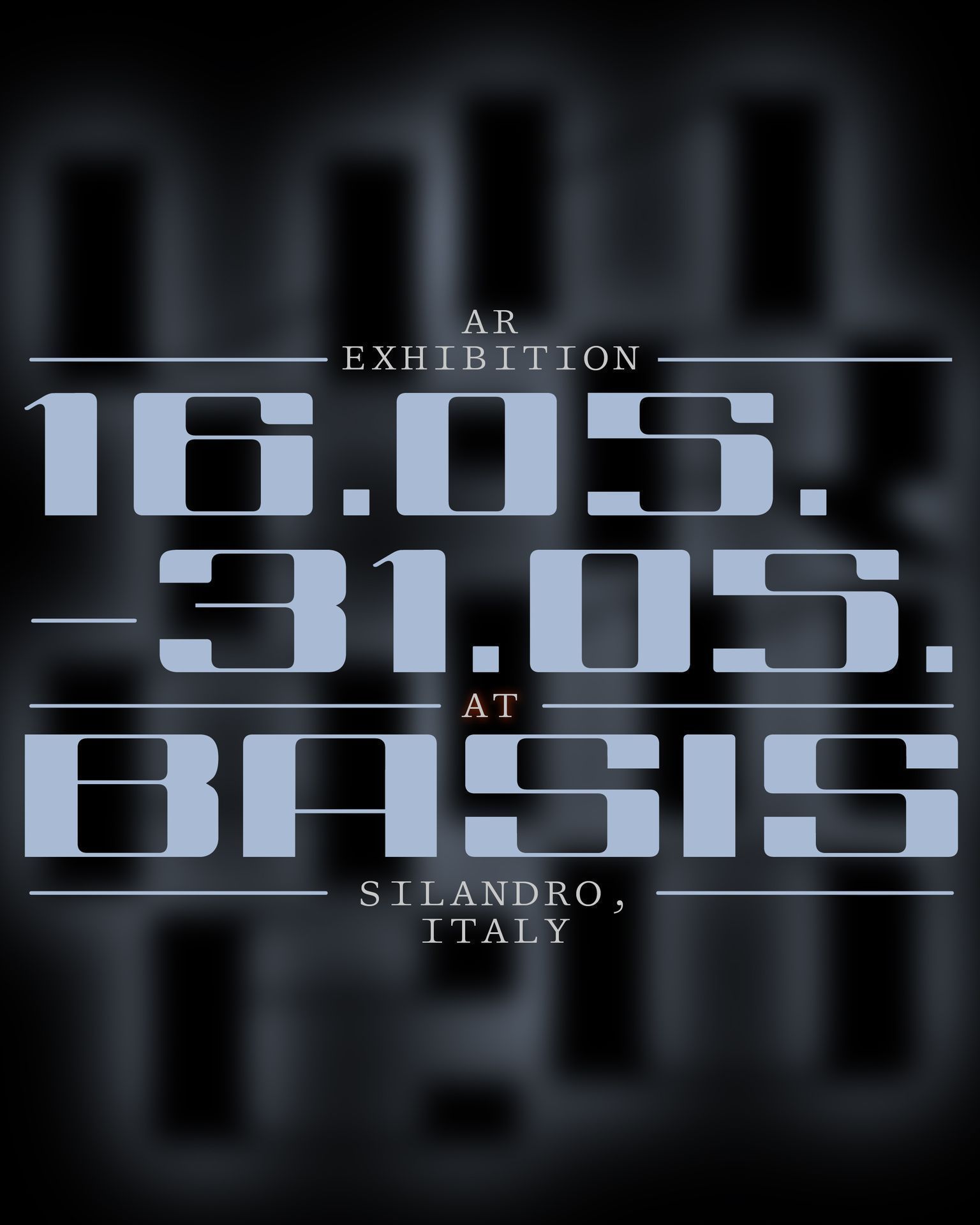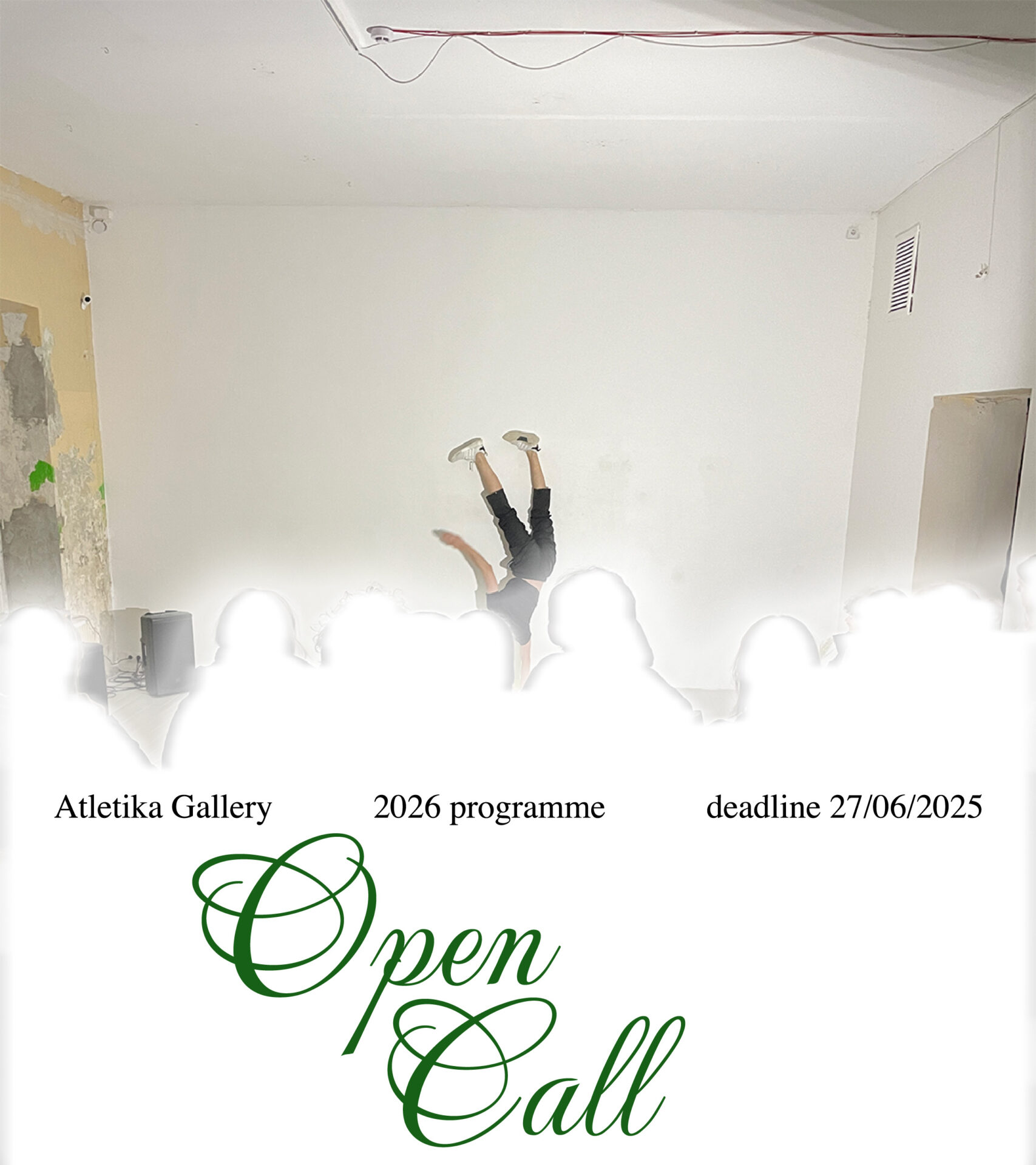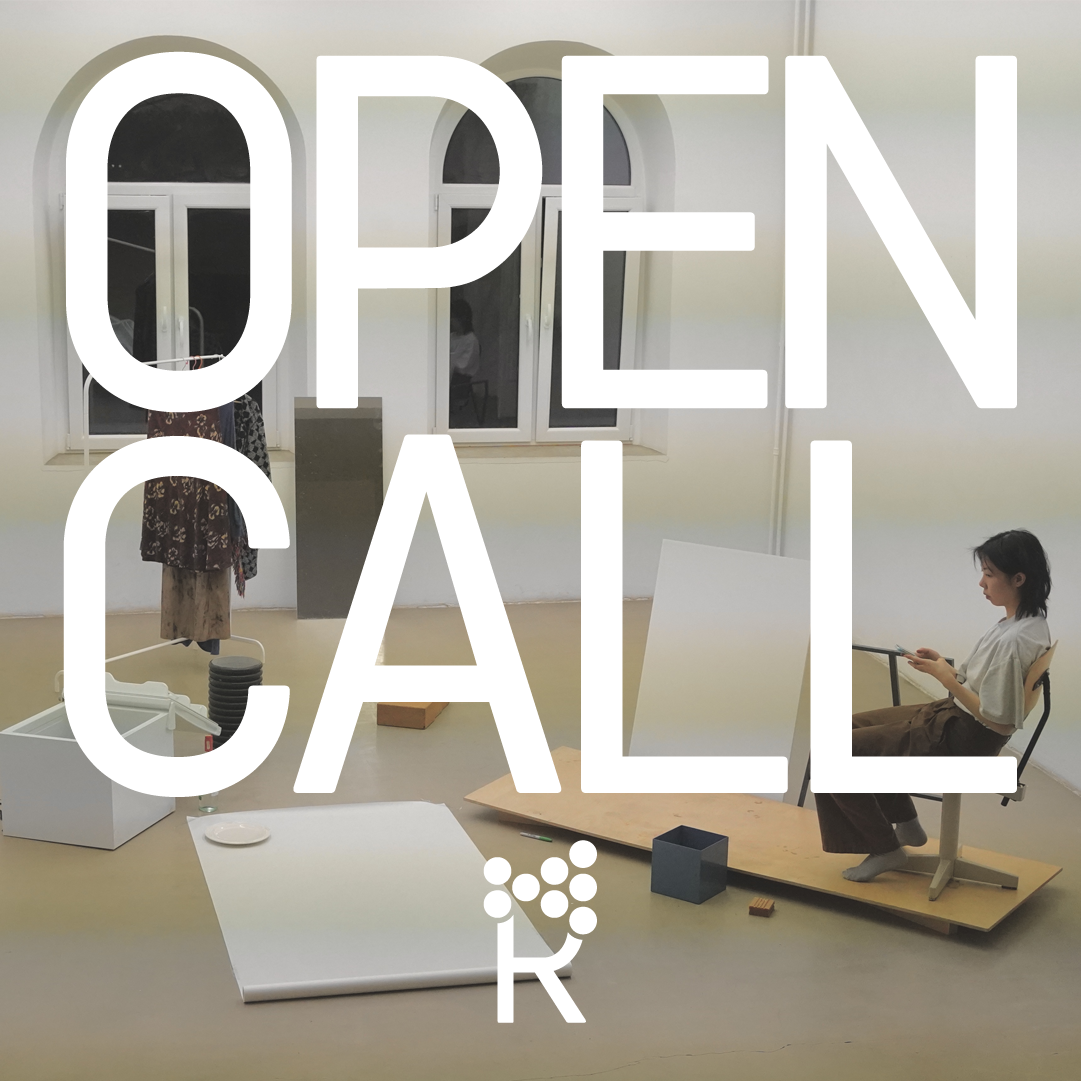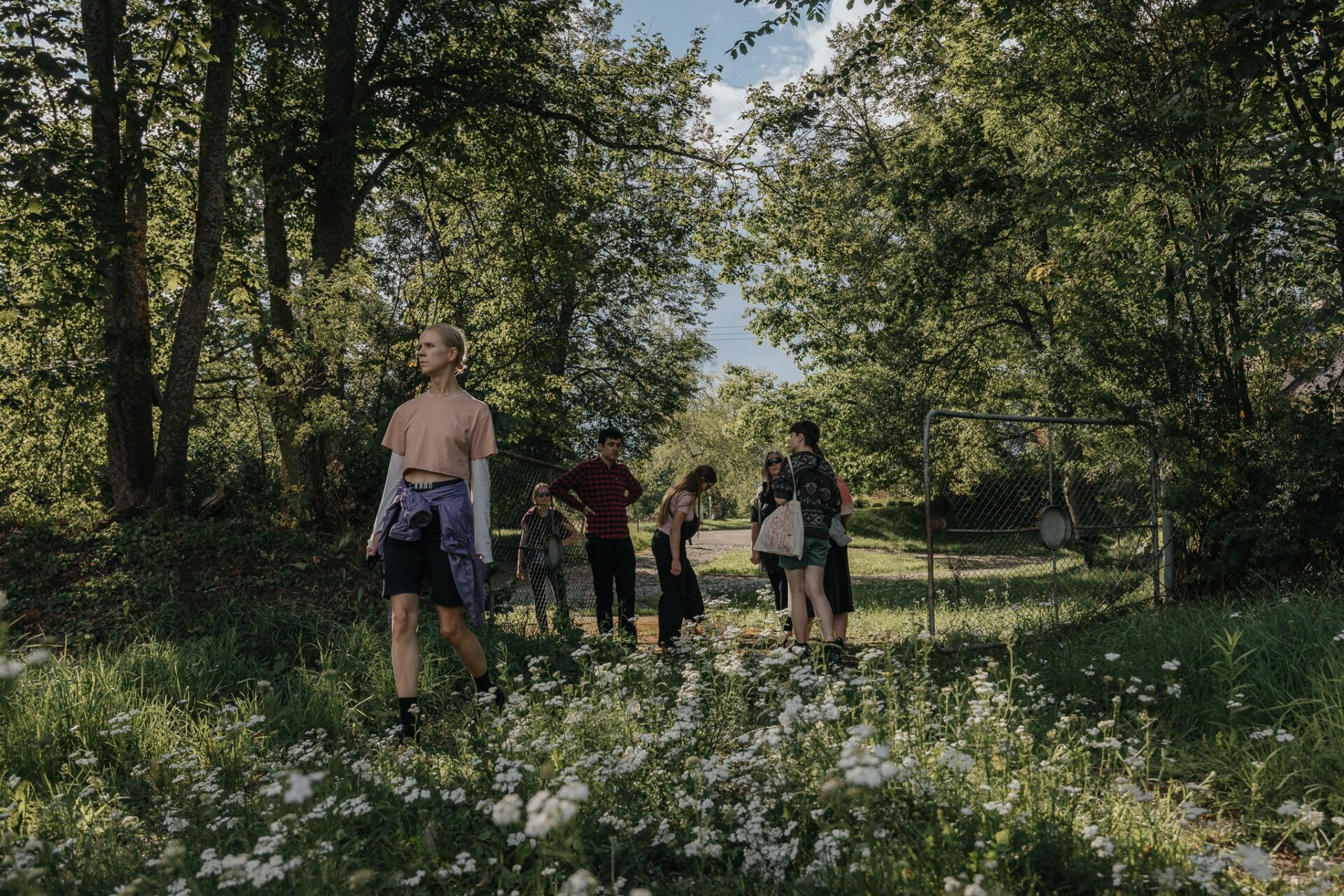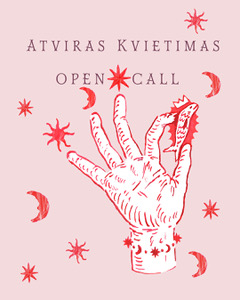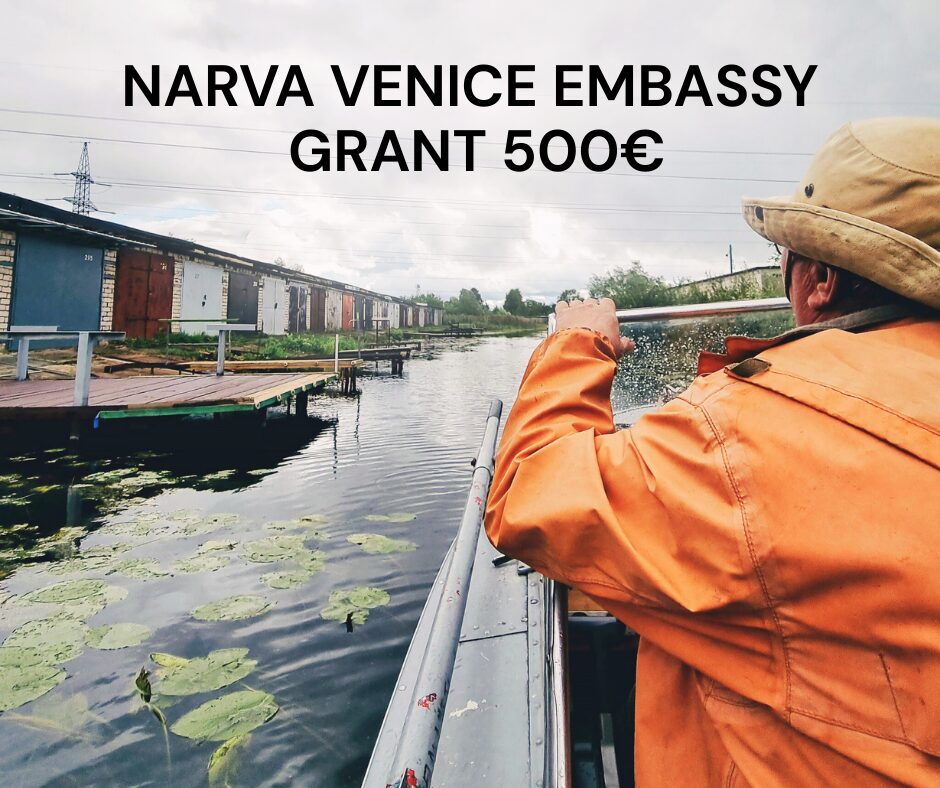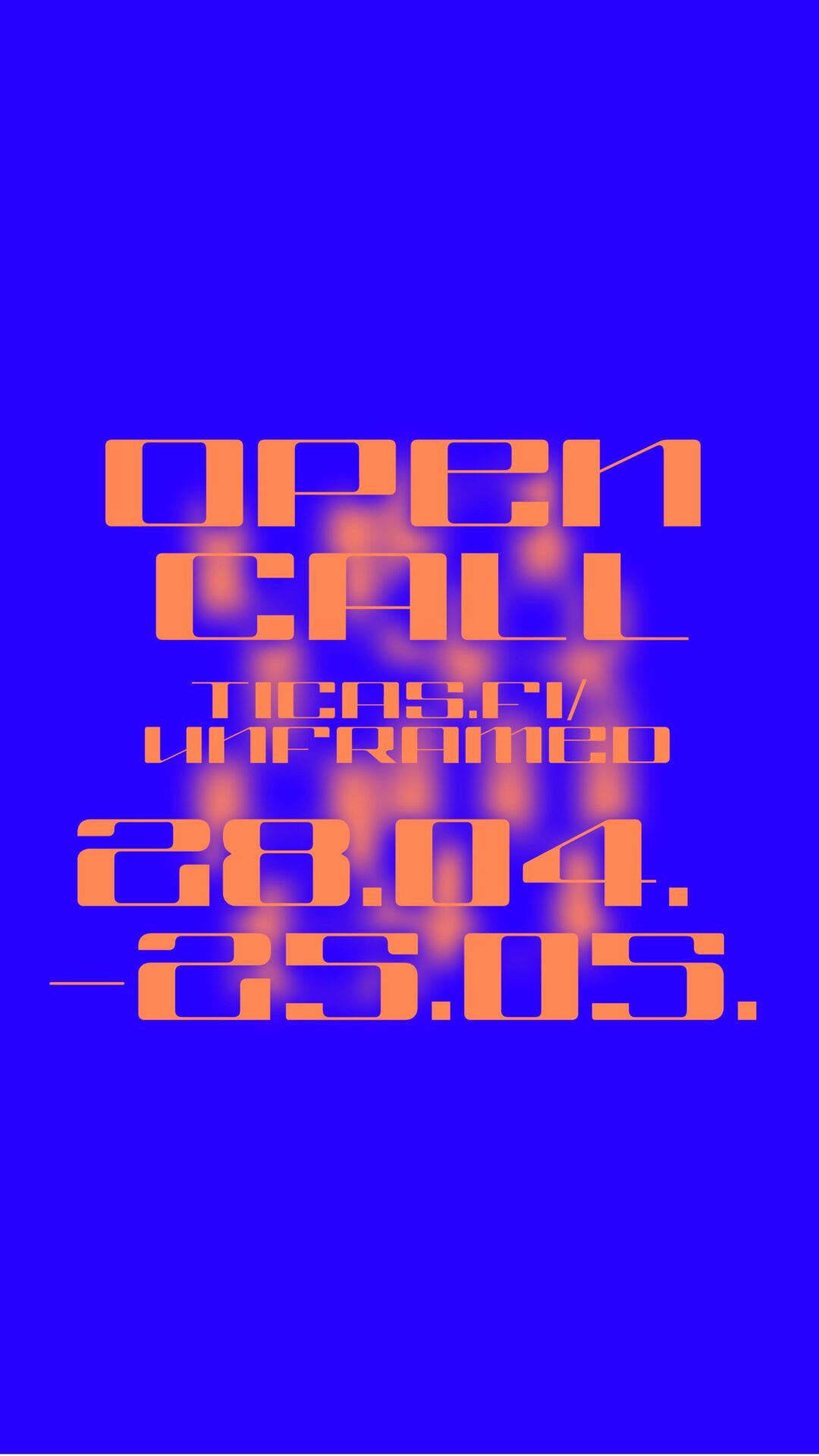Until 23 June, the Riga Photography Biennial 2024 (RPB) outdoor project ‘The Apparent – Un/believable’ is on display in Riga’s public transport stops. For more information: www.rpbiennial.com.
Visual perception is a complex system involving vision as well as the mind and memory processes, and today it has become an important field of research in relation to the medium of photography. With the development of photographic technologies, the culture of seeing has also changed, yet the photographic image’s aura of trustworthiness, or its documentary nature, still survives in the era of Photoshop, smartphones and internet. The capacity of new technologies to manipulate and generate images serves as a motivation to revisit and re-evaluate the legacy of analogue photography, since present-day confusion regarding the dominance of visual fakes is part of a debate that has been around since the inception of the photographic image in the mid-19th century. Thus, the photographic image is associated with scientific objectivity, based on the fact that it uses mechanical methods to acquire a record of reality, or a “copy of nature”. This rhetoric has not been erased from the thinking of contemporary society and exists alongside synthetic imagery generated using systems of artificial intelligence.
The Latvian Museum of Photography presents a look at a thematic selection from its collection ‘The Apparent – Un/believable’, showing experiments by photographers from the first half of the 20th century who created illusory representations (and manipulations of the “copy of nature”). This is the period when manifestations of modern photography appeared confidently on the scene, announcing fundamental changes in the paradigm of the medium in relation to the production, use and evaluation of the photographic image. On the one hand, modernist currents in the early 20th century stressed the essence of the medium of photography, attributed to the photo camera as the point of departure for the production of the image as opposed to post-processing, or manipulation, of images (as in pictorialism, for example). On the other hand, the photographic medium easily found resonance with the experimental spirit of several art movements (for example, Dadaism and surrealism). It has to be remarked that, in the Latvian context, modernist tendencies can be identified in photography only sporadically. The works of the selected artists represent a variety of techniques – retouching, hand-colouring, montage and others – as well as experiments with the angle of the shot, or perspective, where the photographic depiction of the object on the plane is deformed. The represented artists are both experts of their profession such as Lūcija Alutis-Kreicberga, Alfrēds Polis and the photographers of the Strenči Photographic Studio, as well as amateurs such as Eduards Gaiķis and Konstantīns Koks.
Curator: Baiba Tetere (LV)
Participants: Alfrēds Polis (1894-1975), Lūcija Alutis-Kreicberga (1889-1985), Eduards Gaiķis (1881-1961), Konstantīns Koks (1921-1943) and photographers from the Strenči Photographic Studio (1909-1983)
The Riga Photography Biennial (RPB) is an international contemporary art event, focusing on the analysis of visual culture and artistic representation. The term ‘photography’ in the title of the biennial is used as an all-embracing concept encompassing a mixed range of artistic image-making practices that have continued to transform the lexicon of contemporary art in the 21st century. This year RPB is being held for the fifth time and focuses on contemporary issues of identity – both the essence of human and the role of the image in the face of the challenges of the 21st century. Riga Photography Biennial 2024 focuses on issues of identity – a range of existential questions, including the impact of technology on human nature, the relationship between man and nature, as well as the informative code of the contemporary image. RPB 2024 exhibitions and events run until July 14.
The Latvian Museum of Photography is Latvia’s only museum dedicated to creative outputs in this field. The cooperation with the Riga Photography Biennial started in 2016. Due to the museum’s move to new premises, the museum is temporarily closed to the public, and in collaboration with the Riga Photography Biennial 2024 presents an exhibition in Riga’s urban environment.
Supporters and partners: State Culture Capital Foundation, Riga State City Council, Latvian Museum of Photography, printing house “Adverts”, Arterritory.com, Echo Gone Wrong, NOBA.

Alfrēds Polis. Helēna Pole, 1950s. Hand-coloured gelatine silver print. Collection of the Latvian Museum of Photography. Photo by Ingus Bajārs

Eduards Gaiķis. Cactus, 1920s. Hand-coloured gelatine silver print. Collection of the Latvian Museum of Photography. Photo by Ingus Bajārs

Glass Plate Collection of Strenči Photo Workshop, photographer Dāvis Spunde. Solar Eclipse on 4 April 1912 in Strenči. Photocollage. Collection of the Latvian Museum of Photography. Photo by Ingus Bajārs

Lūcija Alutis-Kreicberga. Staging, 1930s. Gelatine silver print. Collection of the Latvian Museum of Photography. Photo by Ingus Bajārs

Glass Plate Collection of Strenči Photo Workshop. A Gymnast, 1930s. Scan from a glass plate negative. Collection of the Latvian Museum of Photography. Photo by Ingus Bajārs

Lūcija Alutis-Kreicberga. Portrait, 1930s. Hand-coloured gelatine silver print. Collection of the Latvian Museum of Photography. Photo by Ingus Bajārs

Konstantīns Koks. Self-portrait, late 1930s. Photomontage. Collection of the Latvian Museum of Photography. Photo by Ingus Bajārs

Eduards Gaiķis. Landscape with Water Lilies, 1920s. Gelatin silver print (combination printing, retouching). Collection of the Latvian Museum of Photography. Photo by Ingus Bajārs

Eduards Gaiķis. Still-life with Ears, 1910s-1930s. Scan from a glass plate negative. Collection of the Latvian Museum of Photography. Photo by Ingus Bajārs

